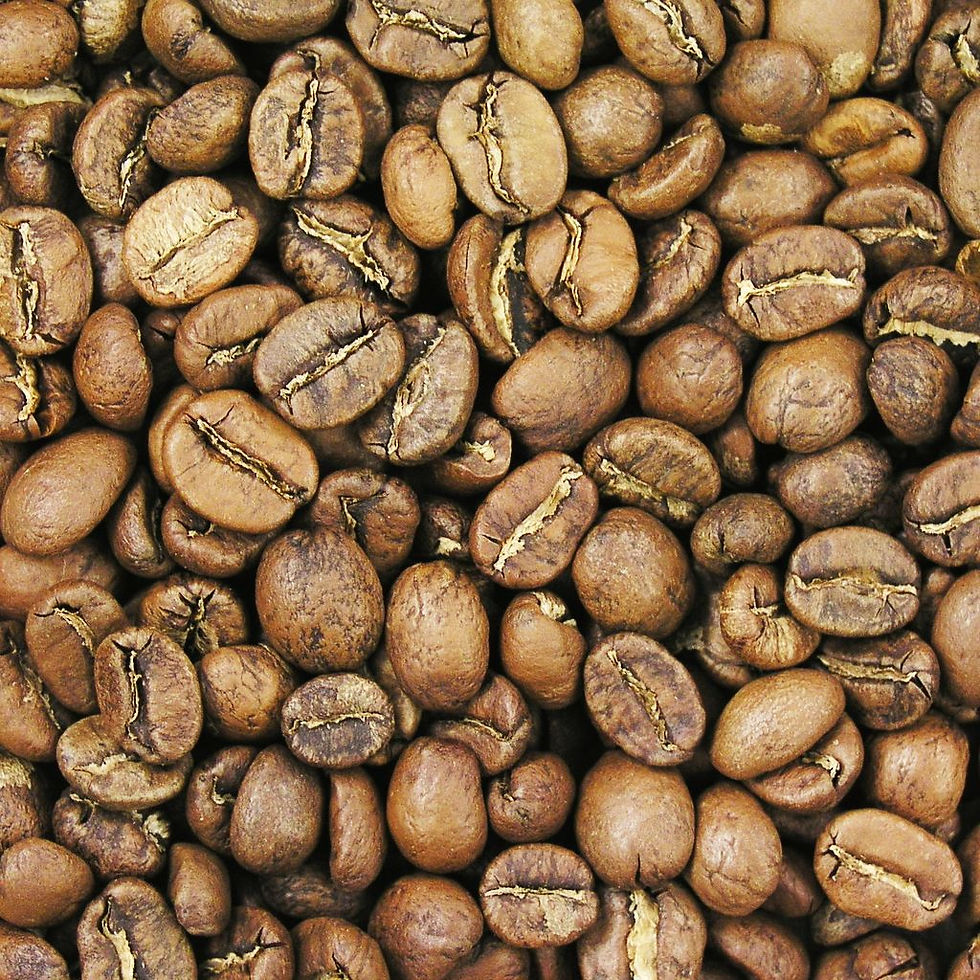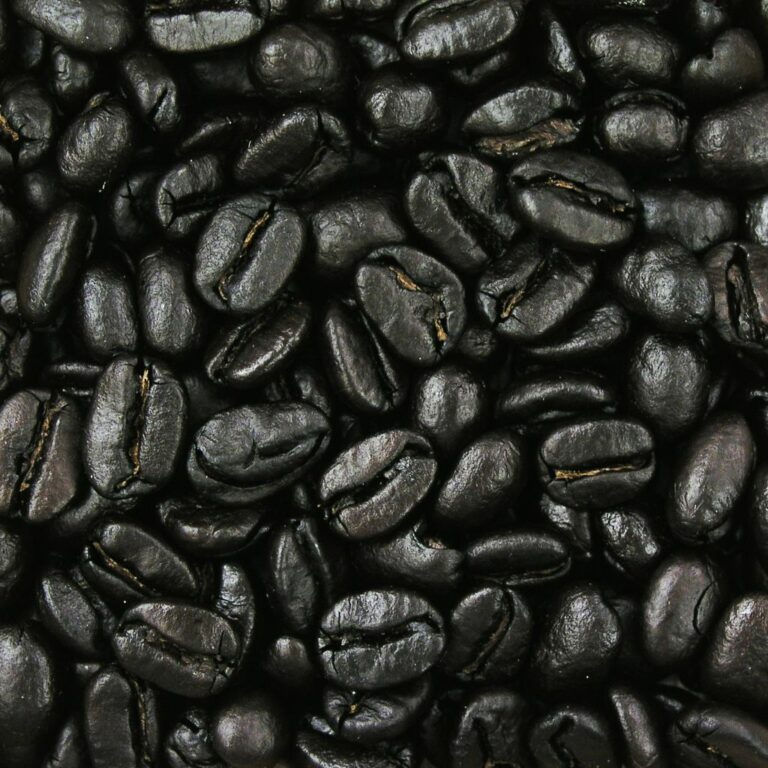Coffee Hides a Secret—Unlock It with Proper Roasting
- Monika Vítková
- Aug 20
- 2 min read

Almost every coffee enthusiast used to drink supermarket coffee at some point. Many restaurants still serve over-roasted, inexpensive blends—but then comes a moment when someone tries coffee from a roastery and finds it surprisingly acidic. That acidity can feel too sharp if you're used to bitter, dark-roasted coffee. The roast level is a key factor that shapes your coffee’s final taste.
It Starts with Quality Green Beans
Roasting begins with high-quality green coffee beans, which are seeds from coffee cherries. In their raw state, they taste more like tea. Roasting transforms those complex flavors into the coffee we love. Over-roasted beans produce that bitter, dark taste many of us grew up with—thanks to decades of consuming low-grade “turka” coffee during and after communist times . These days, specialty cafés serve proper espresso, cappuccinos, and filtered coffee—especially using lighter roasts.

Light Roasts
Lightly roasted beans bring out bright, fruity, and acidic flavor notes. Fruit-forward beans—like those from Ethiopia or Kenya—shine with a light roast, intensifying their natural characteristics . Roast a chocolatey Brazilian bean lightly, and it becomes noticeably more acidic. Light roasting is ideal for brewing methods that highlight clarity—such as pour-over or Chemex.

Dark Roasts
Dark roasts are classic for Italian-style espresso. These roasts reduce acidity, bringing out notes of chocolate, caramel, and roasted nuts, making them perfect for espresso—though they lose subtle flavor nuances that shine in filtered coffee . Beans from Central and South America, like Brazil, Peru, and Colombia, often work well with darker roasts.

Burnt Roasts: “Black as Hell”
Burnt beans are easy to spot—they’re black, smell like ash, and lack any pleasant aroma. They oxidize quickly, leaving an oily film on the coffee and your container. These beans offer no nuanced flavor and can be unhealthy. In contrast, well-roasted Arabica (or blends with a touch of Robusta) provide health benefits and an energy boost when consumed in moderation .

Choosing Quality Over Quantity
It’s better to enjoy small amounts of high-quality coffee than drink cheap, over-roasted blends multiple times a day. Supermarket coffees may be 100% Robusta—bitter, earthy, high in caffeine, but lacking in flavor complexity. Meanwhile, many roaster espresso blends contain just 20–30% Robusta, adding depth and caffeine without compromising quality .
In Summary
Light roasts highlight origin flavors—fruity and acidic.
Dark roasts bring out deeper, maltier tones—perfect for espresso.
Burnt roasts strip flavor and should be avoided.
Opting for fresh, well-roasted beans—especially from a reputable roastery—lets you truly taste the coffee's secret qualities .
Whether you enjoy bright, fruity notes or rich chocolatey tones, the right roast will let those hidden flavors shine through.
_edited.png)



Comments